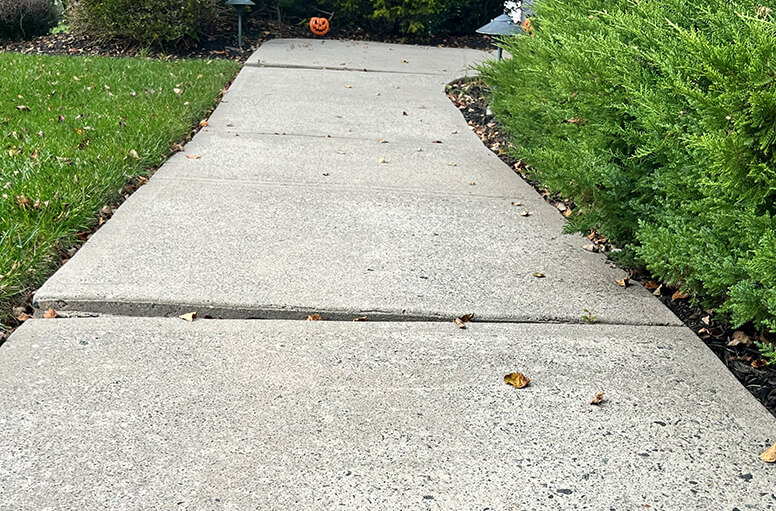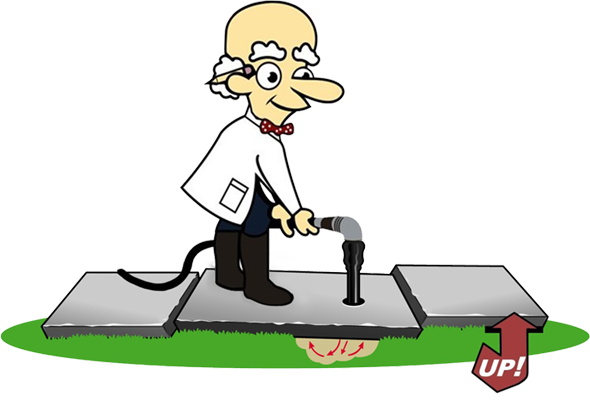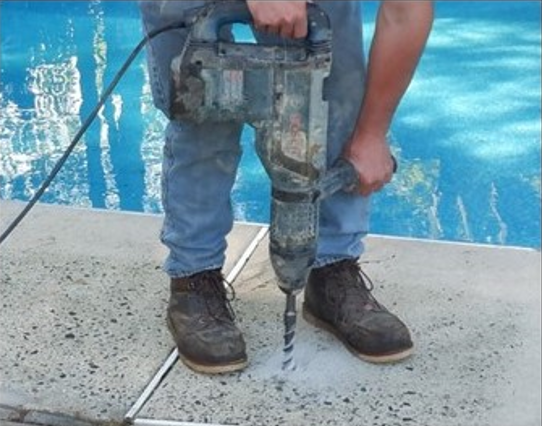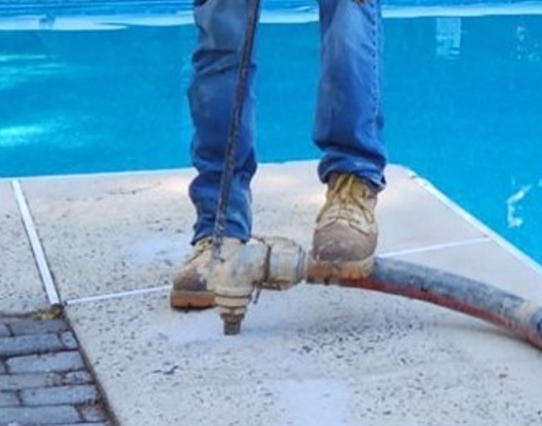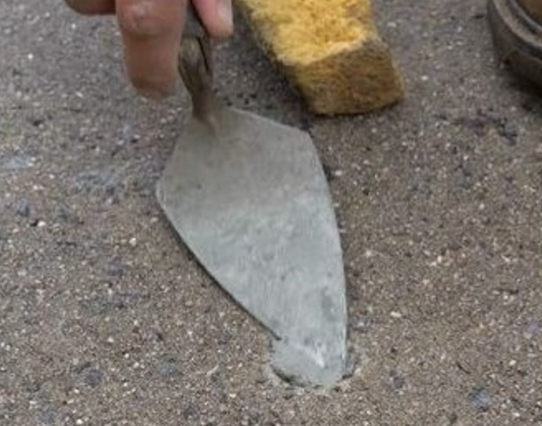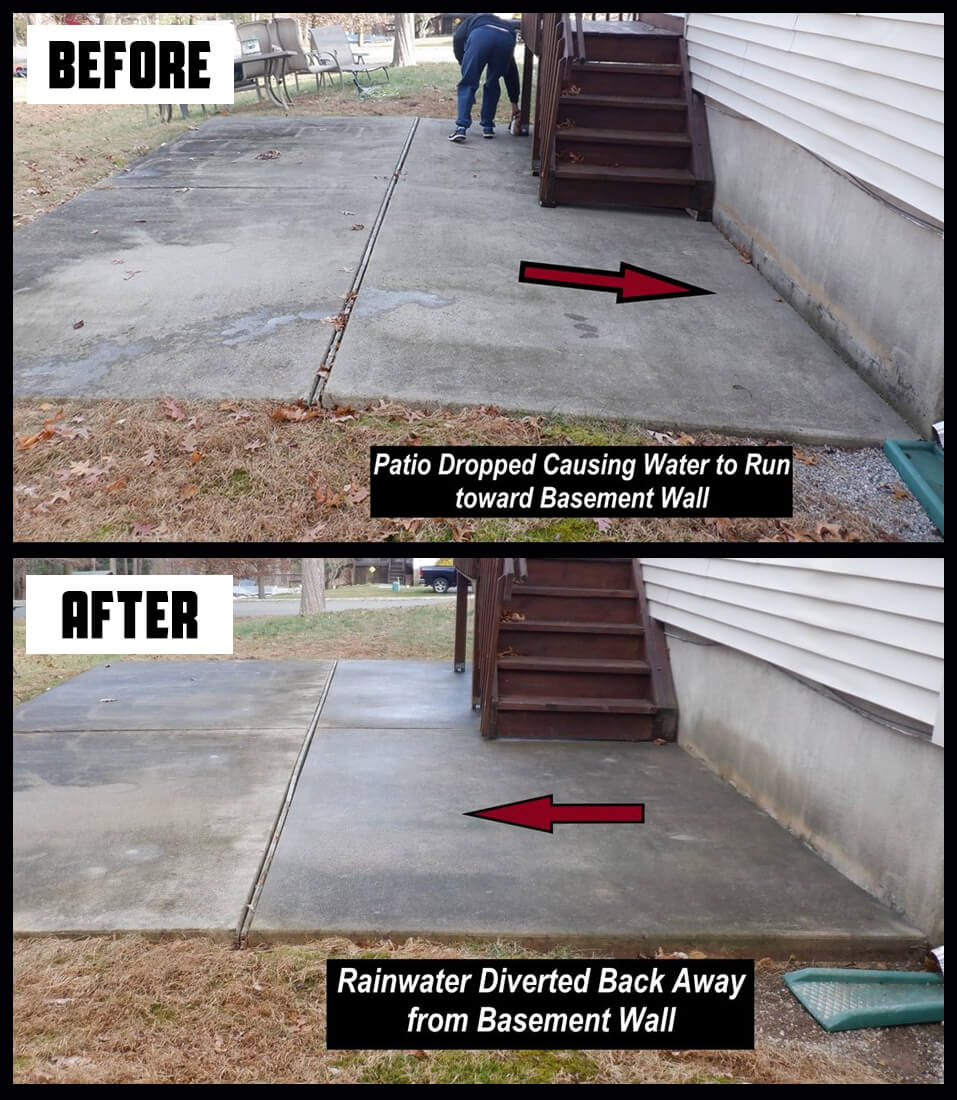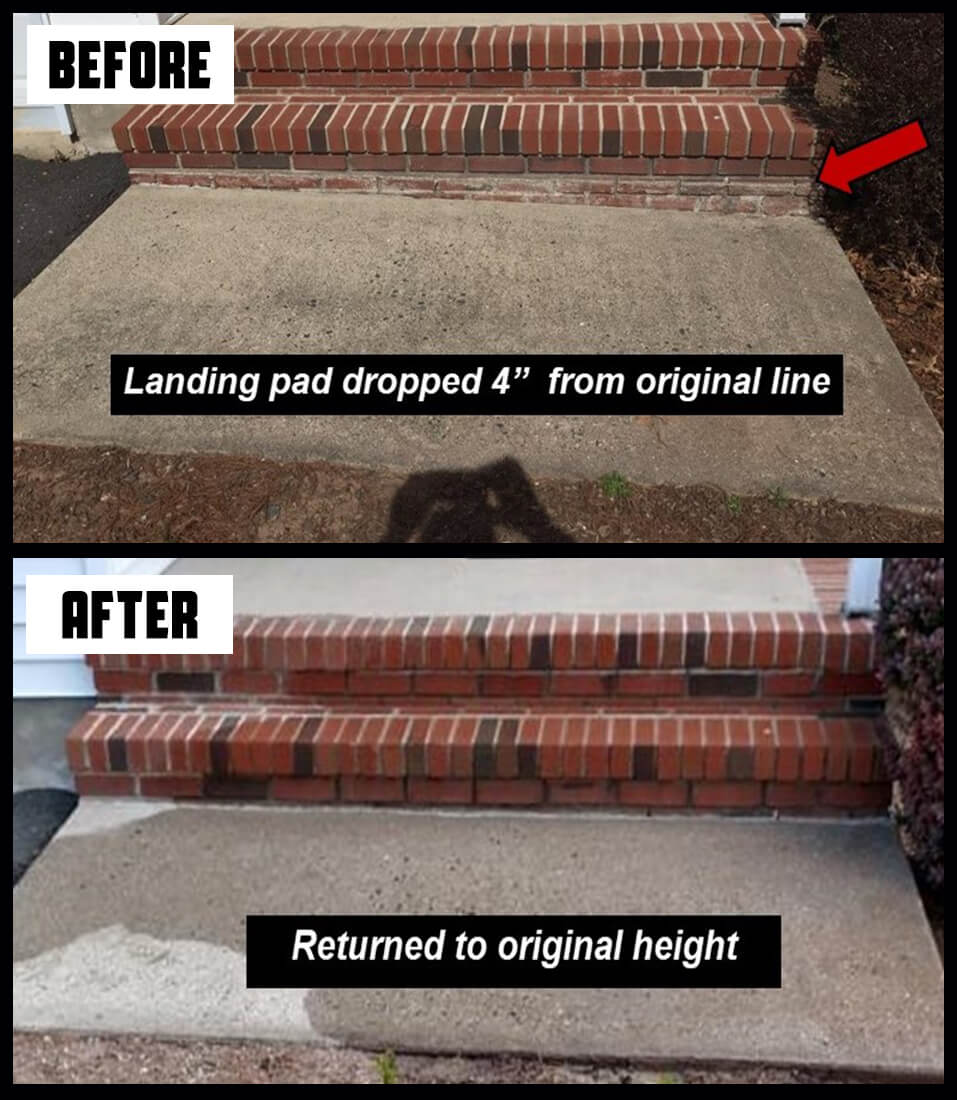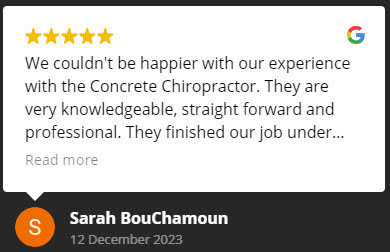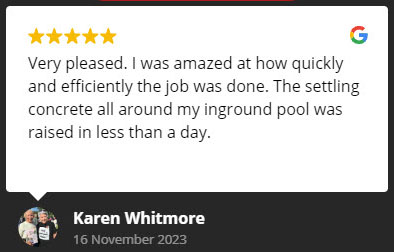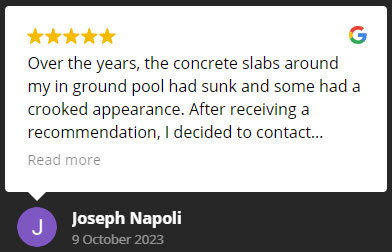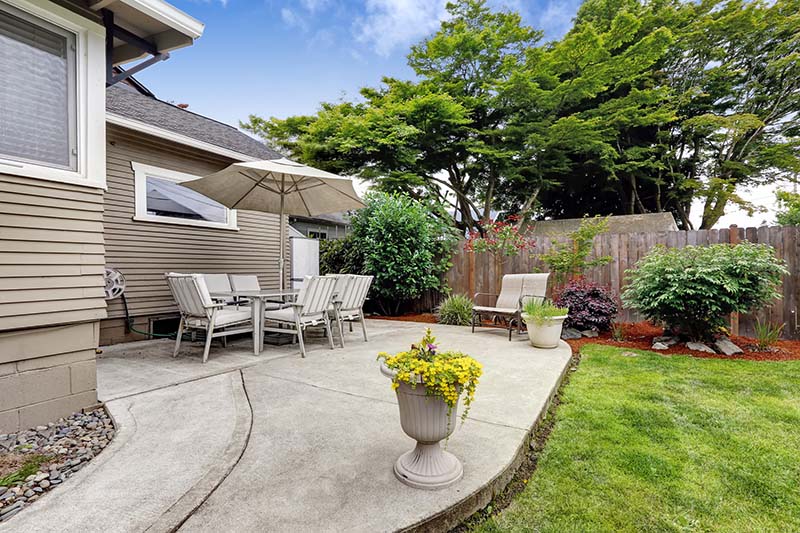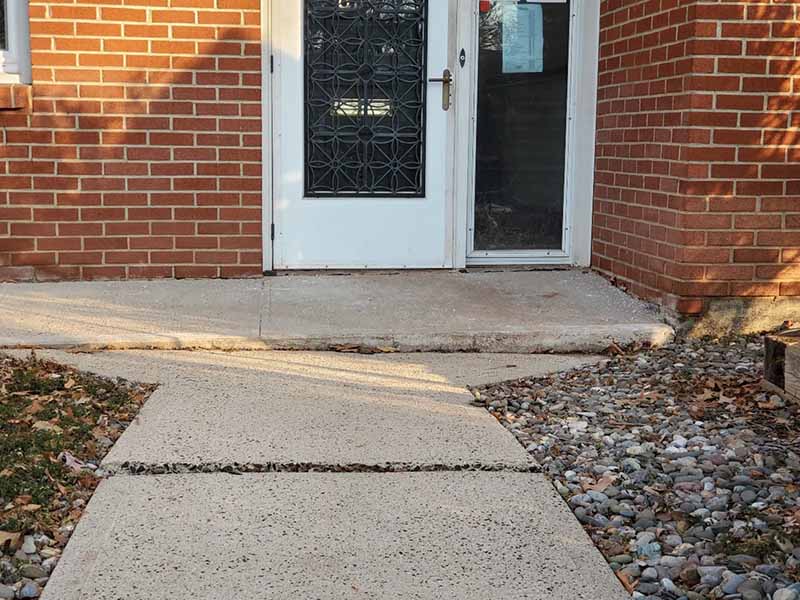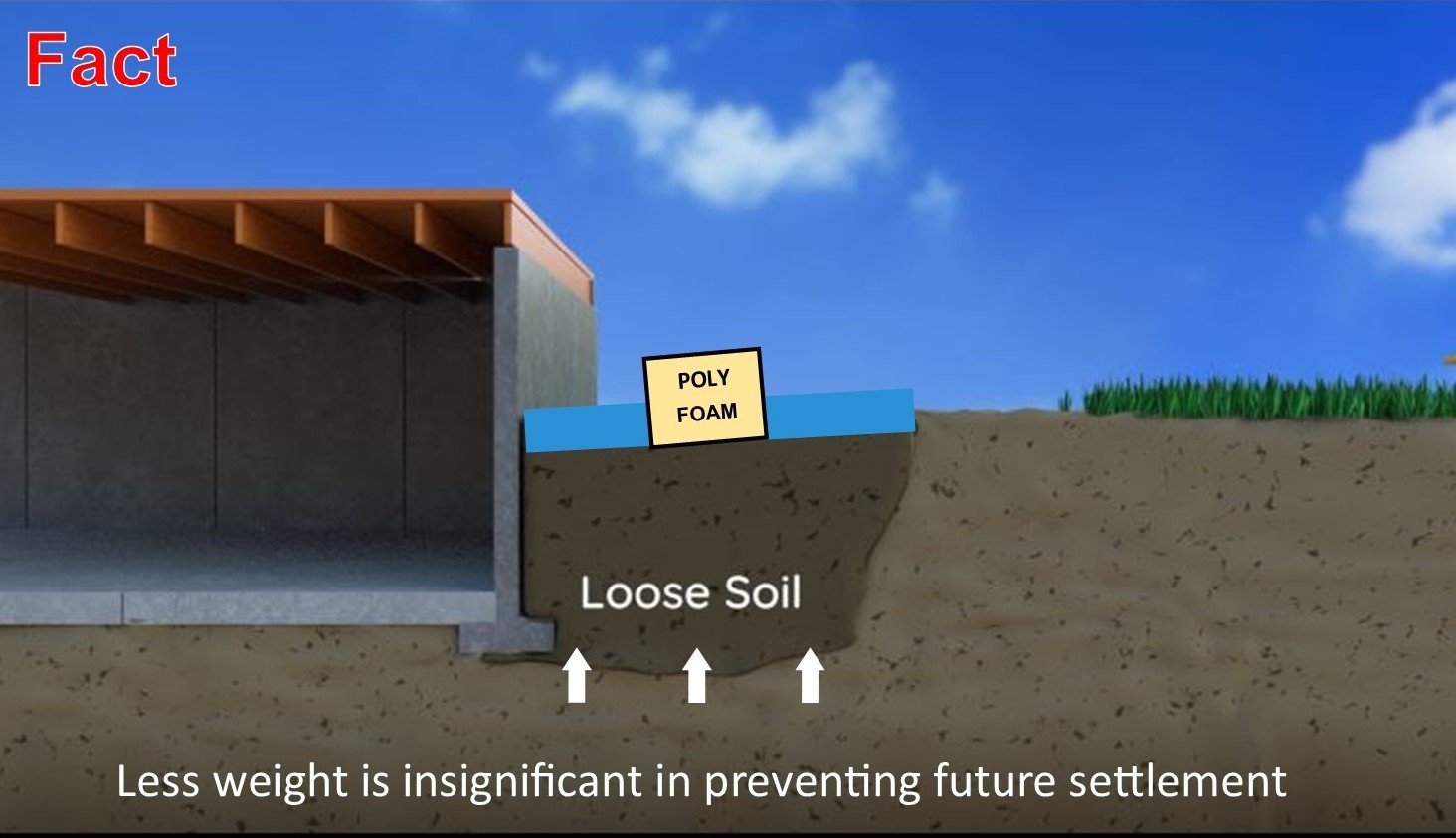When is Concrete Leveling the Right Repair Choice?
Concrete Leveling Is Good For
Concrete Leveling Is Not Good For
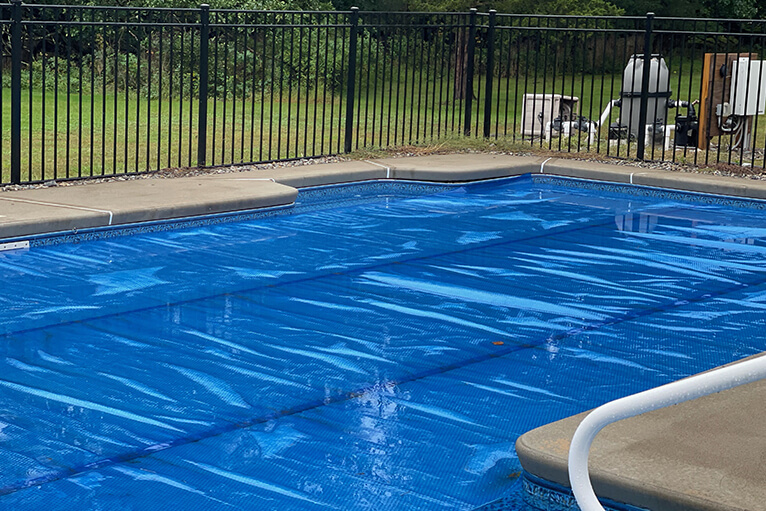

Concrete Leveling Applications
Click below to learn more about the solutions concrete leveling has to offer
Average Concrete Leveling Job Cost
Concrete leveling provides an average savings of
50 to 70% off of concrete replacement cost.
Here are concrete leveling cost examples based on different applications.
Answers to frequently Asked Concrete Leveling Questions
We’ve got you covered with the answers to some of the most frequently asked questions about concrete leveling.
Learn More at The Concrete Chiropractor
Find more answers by experts to your questions related to concrete leveling repair in our online articles.
What is The Average Cost of Concrete Leveling in Belle Mead, NJ?
Concrete leveling, whether through mudjacking or polyur ...
Concrete Leveling Contractors in New Jersey: How to Choose
Looking for companies to fix your uneven concrete slab? ...
Does The Weight of Concrete Leveling Material Matter? Why The Experts Say No
When it comes to concrete leveling repairs, many compan ...
Cure Your Concrete Settlement
You do not have to live with a higher trip and fall liability or lower curb appeal and home value caused by sinking concrete. With Concrete Chiropractor, “Mother Nature May Shift It, But We Can Lift It!”TM.
Click the link below to request a professional evaluation from our industry experts!
